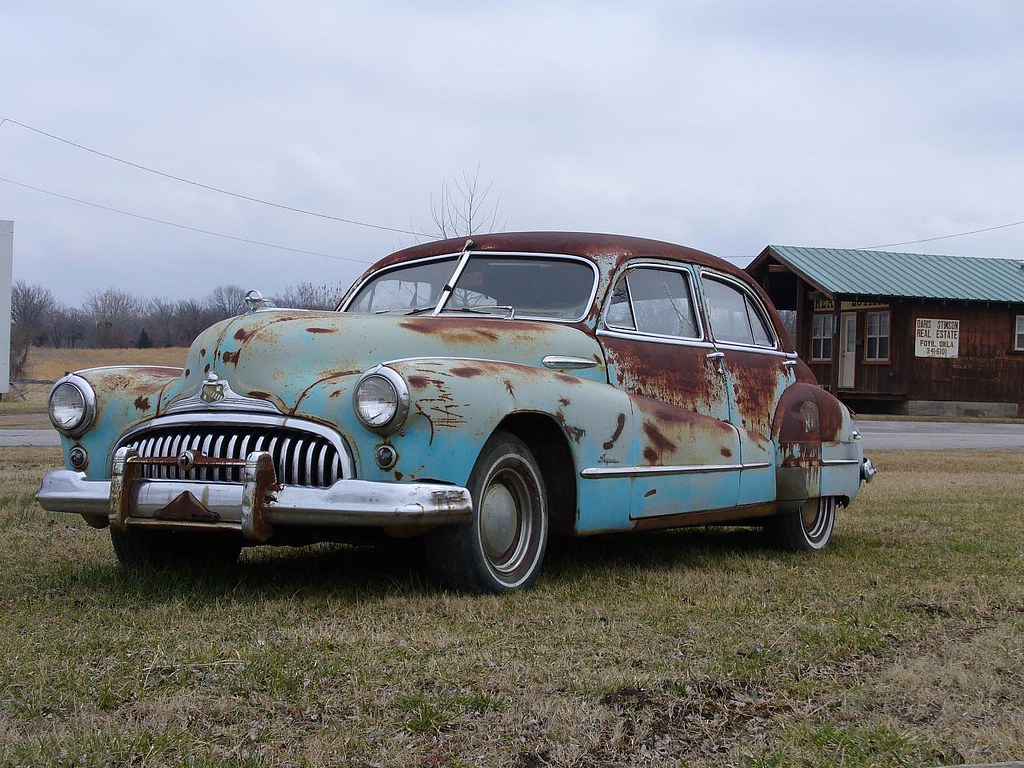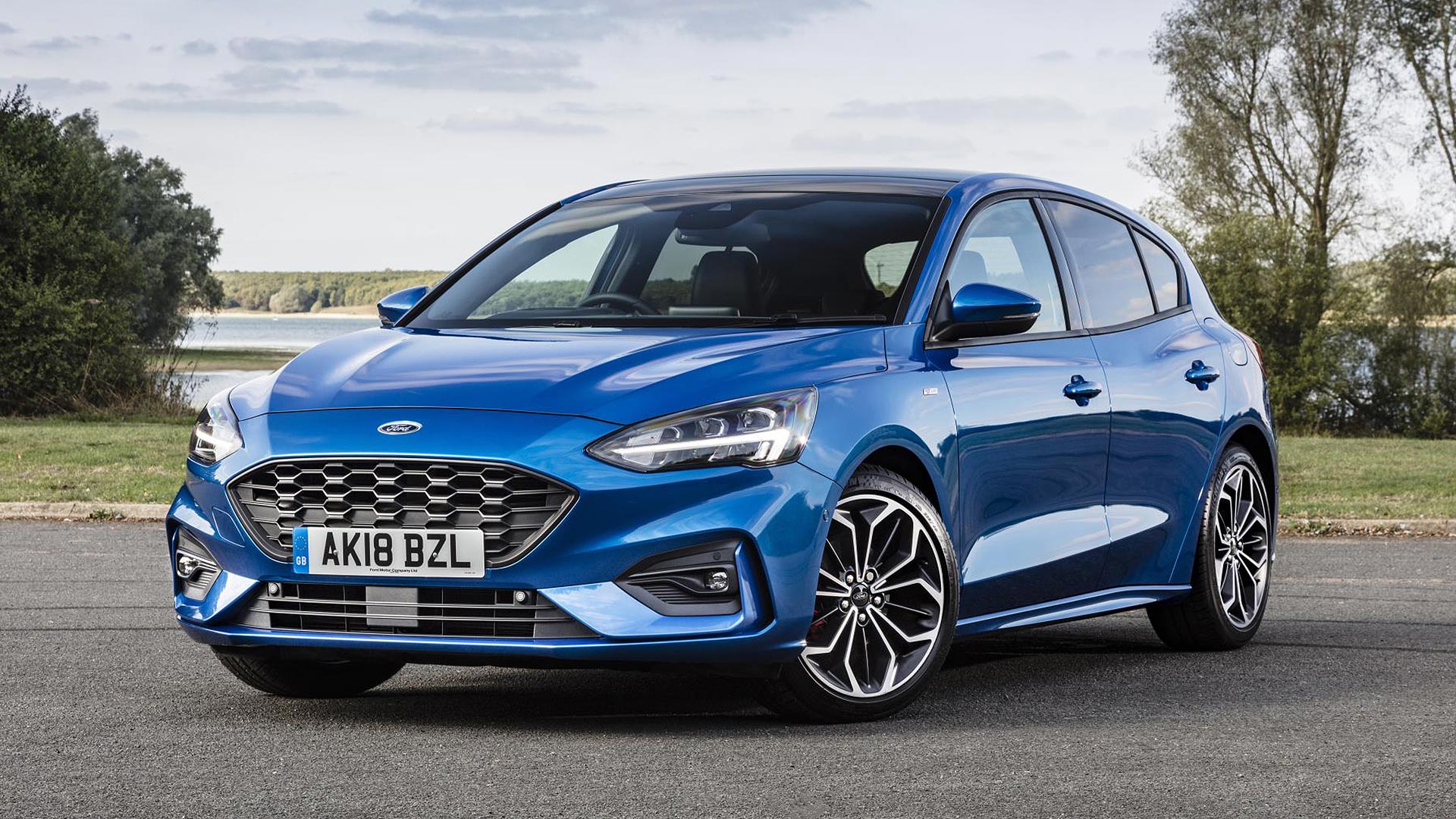
When the time comes to purchase a vehicle, consumers are faced with a crucial decision: to buy new, opt for a traditional used car, or explore the increasingly popular segment of Certified Pre-Owned (CPO) vehicles. Each option presents a unique set of advantages and disadvantages, making a truly informed choice contingent upon a thorough understanding of what each category entails and how it aligns with individual needs and financial considerations. This guide aims to provide that comprehensive clarity, drawing on extensive insights to help you navigate the automotive market with confidence.
Our goal is to empower you with objective, in-depth, and actionable advice, mirroring the rigorous standards of consumer-focused reporting. We’ll present complex information in an easy-to-understand manner, supported by the data and analysis provided by automotive experts. By dissecting the core characteristics and benefits of new, used, and Certified Pre-Owned cars, we can illuminate the path to making a purchasing decision that offers the best value and peace of mind for your specific situation.
Certified Pre-Owned vehicles, in particular, represent a compelling middle ground, offering a unique blend of affordability, reliability, and warranty coverage that bridges the gap between the pristine condition of a new car and the cost savings of a traditional used vehicle. Understanding the nuances of these programs, as well as the clear-cut benefits of new cars, is essential for any savvy buyer. Let’s embark on this detailed journey to uncover which vehicle type truly is the right move for you.
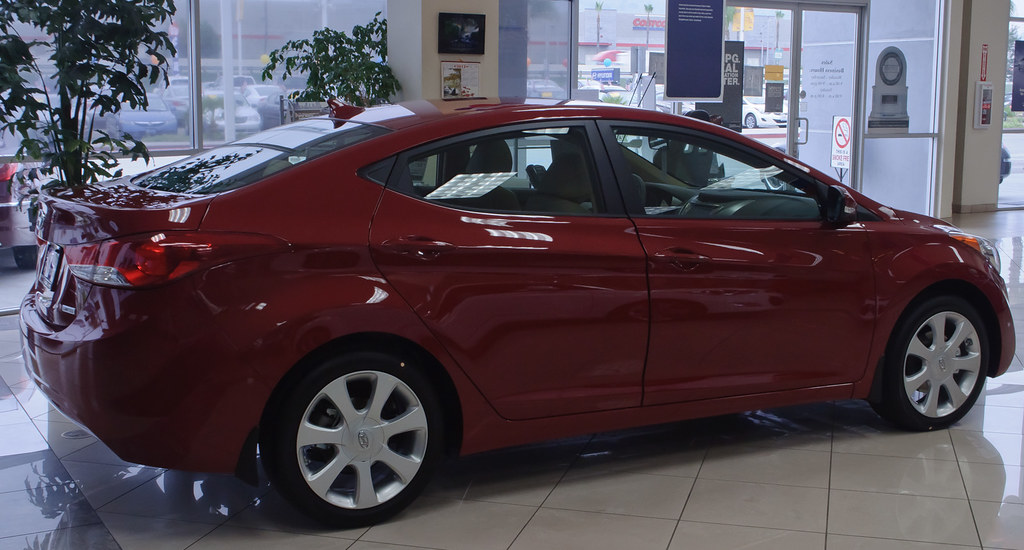
1. **Understanding Certified Pre-Owned (CPO) Vehicles: Definition and Differentiation**
Certified Pre-Owned cars are a distinct category within the broader used car market, offering a level of assurance that sets them apart from typical secondhand vehicles. These are generally newer model used cars, characterized by low mileage, an accident-free history, and a meticulous refurbishment process to meet either manufacturer or dealer standards. The primary distinction lies in the extra reassurance provided by dealerships: these vehicles have passed detailed, point-by-point inspections and include additional warranty coverage, often bundled with other benefits such as roadside assistance.
It is crucial to understand that the terms “Certified Pre-Owned” and “CPO” are synonymous, with CPO simply being an abbreviation for the longer designation. This clarifies any potential confusion consumers might have regarding these labels. While the terms are interchangeable, the rigorous standards they represent are not universally applied across all used cars.
Not all used cars qualify as Certified Pre-Owned. Dealerships typically offer a range of used cars, some certified and many not. Furthermore, if a vehicle is purchased from a private owner, it cannot be considered certified. The certification process is exclusively tied to dealerships, and in many cases, backed directly by the factory. This factory backing is a significant element of the CPO promise, ensuring a consistent level of quality and repair using genuine parts.
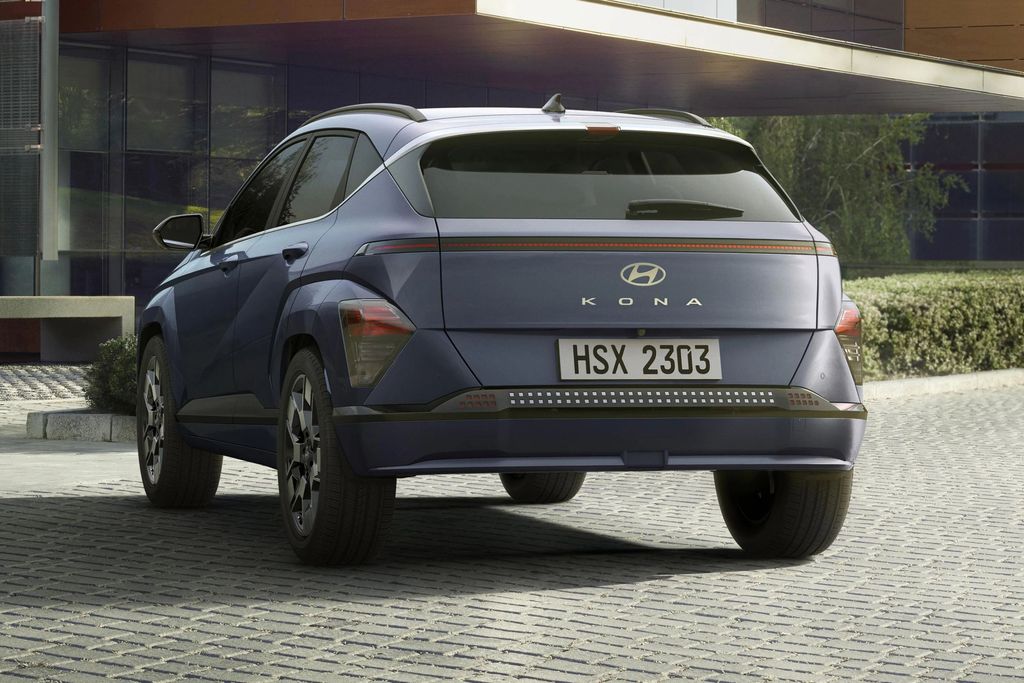
2. **Assessing the Value: Are Certified Pre-Owned Cars Worth the Investment?**
Most consumers find that Certified Pre-Owned cars indeed offer significant value, primarily due to the enhanced sense of security they provide. A major attraction of purchasing a certified pre-owned model is the reduced worry about breakdowns and costly repairs, a common concern with traditional used cars. Despite being secondhand, a certified used vehicle is a late-model car that has undergone a full inspection prior to certification, ensuring its condition.
Nearly all manufacturers support their own certification programs, which are backed by the factory, offering a consistent and reliable standard. While some dealers or other organizations may operate individual certification programs, it’s important to note that the standards for these can vary widely. For added transparency and buyer confidence, many CPO programs include a vehicle history report, such as those from AutoCheck or Carfax, which provide crucial details on prior ownership, including any past accidents, by checking the vehicle identification number (VIN).
Another compelling reason to consider a Certified Pre-Owned car is the favorable financing options available. Obtaining financing for a CPO car is often easier than for a non-certified used car. In fact, many certified cars are eligible for new-car financing rates, which tend to be significantly lower than standard used car loan rates, potentially leading to substantial savings over the loan term. This financial accessibility makes higher-quality vehicles more attainable for a broader range of buyers.
Furthermore, certified vehicles experience less steep depreciation compared to new cars, as they have already undergone their initial and largest period of value loss. This means the car loses its value at a much slower rate over time. As a buyer, this slower depreciation allows you to recoup a larger portion of the purchase price if you decide to sell the vehicle later on, representing a smarter long-term financial decision. When considering a CPO car, it is always wise to inquire specifically about the length of the warranty and what precisely is covered versus what is excluded.

3. **Cost Considerations: Does a Certified Pre-Owned Car Command a Higher Price?**
Generally, the answer is yes; Certified Pre-Owned vehicles typically carry a higher price tag than their non-certified counterparts. This premium reflects the significant investment made by dealerships to repair any identified problems and thoroughly certify the vehicle’s condition. The comprehensive inspection, necessary repairs, and the subsequent certification process add inherent value, which is then passed on to the consumer.
Consequently, used cars that have been certified pre-owned by dealerships often come with a higher price compared to a similar, non-certified car offered by a private seller or even another dealer. This upfront cost is a direct result of the added perks, the rigorous inspection process, and the extended warranty that accompanies a CPO purchase. Buyers must weigh this initial higher cost against the potential long-term savings and peace of mind derived from owning a thoroughly vetted and warrantied vehicle.
While the upfront investment is higher, many buyers find that the long-term savings on unforeseen repairs, coupled with the added security and benefits, justify the premium. Nevertheless, it’s vital for consumers to assess their specific needs and financial preferences, comparing these costs against the perceived benefits to determine if a CPO vehicle aligns with their overall goals and budget. This comparison should extend beyond just the sticker price to the total cost of ownership.

4. **Warranty Matters: Deciding Between a Certified Pre-Owned Car and a Standalone Warranty**
When evaluating a vehicle purchase, the question often arises as to whether a Certified Pre-Owned car is necessary, or if a separate warranty purchase on a standard used car would suffice. Both options present valid merits, and the choice frequently boils down to the specific warranty coverage offered and its implications for long-term ownership. The comprehensive nature of a CPO program often integrates a robust warranty, alongside other benefits, which can be a deciding factor.
If you find yourself weighing a Certified Pre-Owned vehicle against a traditional used car, the warranty component could very well be the determining factor. It is highly recommended that you meticulously check the warranties provided by dealerships for both types of vehicles. A thorough comparison of terms, coverage limits, and any associated deductibles before finalizing a decision can reveal significant differences in overall protection and potential future expenses.
Many CPO programs automatically include extended warranties that go beyond the original new-car coverage, protecting against major mechanical failures and unexpected issues. These warranties are frequently honored nationwide at authorized dealerships, adding a layer of convenience and reliability. Conversely, a standalone warranty purchased for a non-certified used car might have different terms, exclusions, and network limitations. Understanding these distinctions is crucial for safeguarding your investment and ensuring peace of mind against future repairs.
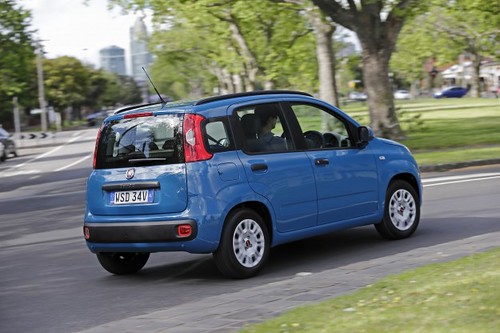
5. **The Allure of New Cars: Understanding Their Distinct Advantages**
New cars possess an undeniable appeal that extends far beyond their signature scent; they offer a pristine start with no secrets or undisclosed history. These vehicles transition directly from the factory to the dealership, arriving in untouched condition and waiting for their first owner. This straightforward lineage eliminates any uncertainties about prior usage, maintenance history, or potential hidden damages, providing a blank slate for the buyer.
One of the most compelling advantages of purchasing a new car is access to the best financing rates. Manufacturers frequently offer special financing deals or rebates, which can significantly reduce the overall cost of ownership. In certain scenarios, taking advantage of these special rates might even present a more favorable financial outcome than purchasing a certified pre-owned model, especially if the vehicle chosen is known for retaining its value exceptionally well over time.
Brand-new cars also come with the most comprehensive warranty coverage available, offering bumper-to-bumper protection, period. These new-car warranties typically last for a duration of three years or 36,000 miles, with some manufacturers extending coverage up to five years or 60,000 miles. Crucially, new-car warranties generally do not include deductibles for repairs, unlike additional warranties that might be purchased for used cars, thereby further reducing potential out-of-pocket expenses for owners.
Furthermore, new models consistently showcase the latest features, cutting-edge design, and advanced technology. Automakers are perpetually innovating, rarely taking a step backward with their newest releases. For early adopters or individuals who prioritize the most current advancements in automotive engineering, safety, and infotainment, a new car is almost always the best choice, as a used car is unlikely to fully meet these expectations. This ensures buyers are at the forefront of automotive innovation.
Finally, buying a new car offers unparalleled customization and choice. When purchasing a new vehicle, you have the flexibility to select the specific features you desire from the options provided by the automaker. Whether it’s a particular red paint color, the inclusion of a sunroof, or luxurious leather seats, you can typically configure the car to your exact specifications. While this might sometimes necessitate ordering the vehicle, it guarantees you get precisely what you want, a level of selectivity often not possible with a used car, where you are limited to existing inventory.
Read more about: Beyond the Daily Grind: 14 Classic Convertibles That Charm, But Don’t Commute for the Younger Crowd
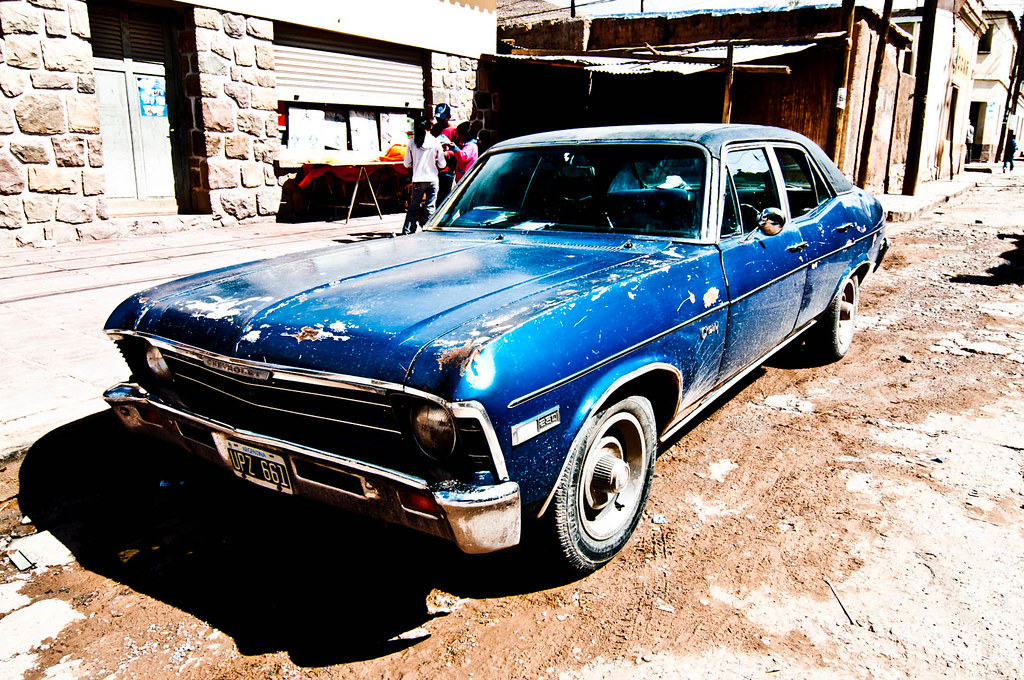
6. **The Practicality of CPO: Unpacking the Benefits of Certified Pre-Owned Vehicles**
Choosing a Certified Pre-Owned car presents a highly strategic option for those looking to save money while simultaneously mitigating the significant initial drop in value that new cars experience. For many, a CPO car serves as an excellent alternative to buying a brand-new vehicle, especially when considering the desire for modern features without the immediate financial burden of new-car depreciation. These vehicles are usually only a few years old and have rigorously passed the automaker’s specific CPO test, ensuring a high standard of quality.
CPO vehicles typically represent a significant step above traditional used vehicles in terms of condition and quality. They often boast recent model years and low mileage, providing buyers with a reassuring sense of peace of mind. These cars frequently stand out as the best options within the vast array of regular used cars, often being trade-ins that were originally sold as new vehicles from the very same dealership. This lineage can often imply a history of dealership servicing and care, contributing to their superior condition.
The concept of Certified Pre-Owned programs initially emerged among luxury manufacturers as a means to offer a reliable and more cost-effective alternative to purchasing a new luxury car. Over time, the success of this approach led to its widespread adoption across the entire automotive industry, extending these benefits to a broader spectrum of vehicles. This historical context underscores the inherent value proposition that CPO programs were designed to deliver from their inception.
A primary financial benefit of a CPO car is that someone else has already absorbed the initial, most substantial loss in value due to depreciation. All cars experience a significant depreciation the moment they are driven off the dealership lot for the first time. By buying a used car with a CPO warranty, you acquire a vehicle that will be significantly cheaper than its new equivalent, thereby making luxury or upmarket cars accessible to individuals who might otherwise be unable to afford them. This can be likened to obtaining an Audi for the price typically associated with a Toyota.
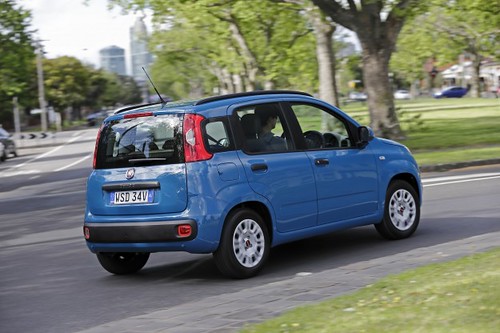
7. **CPO vs. New Car: A Financial Equation for Value and Peace of Mind**
Ultimately, the decision between a Certified Pre-Owned and a new car often distills down to a careful calculation of costs and benefits. It is a known fact that a new vehicle will almost certainly carry a higher price tag than an identical CPO car. This initial cost difference forms the bedrock of the financial comparison, setting the stage for deeper analysis into long-term value and expenses.
When you select a CPO model, the expectation is that you will receive more value for your money, particularly given the rigorous inspections and extended warranties. However, it’s important to recognize that the financing rates offered for CPO vehicles may not always be as competitive as the special promotions available for brand-new cars. Consumers must exercise caution when considering a CPO car, especially if it carries a high residual value, as special interest-free promotions on new cars could potentially nullify any perceived savings from a CPO model with a typical 7% interest rate.
Understanding the precise cost of an auto loan is paramount for making the optimal choice. This knowledge is critical not only for keeping your monthly payments manageable but also for ensuring you secure the best possible overall price for your vehicle. However, accurately factoring in potential expenses that might arise once the CPO warranty expires can be a somewhat intricate task, a consideration that buyers should keep at the forefront of their minds during their decision-making process.
Another specific point of divergence relates to leasing options. Few manufacturers extend CPO lease programs to consumers. Therefore, shoppers who are particularly drawn to the concept of leasing a vehicle will most likely find themselves gravitating towards purchasing a new car, as this is where the vast majority of leasing opportunities reside. This distinction highlights that while CPO offers many advantages, it doesn’t cater to every financial preference or purchasing model. According to AP News, CPO vehicles combine the best aspects of used and new models, appealing especially to buyers who want assurance and value without the steep initial depreciation of a new car.
While Certified Pre-Owned vehicles offer numerous compelling advantages, a balanced perspective requires a thorough examination of their potential drawbacks. Just as with any significant purchase, understanding the less favorable aspects allows consumers to make an even more informed decision that aligns perfectly with their individual priorities and financial comfort zone. Our goal is to present a complete picture, ensuring you’re fully equipped with all the necessary insights.
8. **Potential Drawbacks of Certified Pre-Owned Vehicles**
One of the most frequently cited drawbacks of Certified Pre-Owned (CPO) vehicles is their generally higher cost compared to regular used cars. This premium reflects the significant investment made by dealerships to meticulously inspect, refurbish, and certify the vehicle’s condition. The comprehensive multi-point inspection, any necessary repairs or replacements of worn parts, and the valuable extended warranty all contribute to this elevated price tag.
Buyers must recognize that this upfront expense is a direct consequence of the added reassurance and benefits that come with a CPO purchase. While the long-term savings on unforeseen repairs and the included security features often justify this premium for many, it remains a crucial consideration for those operating within a strict budget. It requires a careful balancing act, weighing immediate cost against potential future expenses and peace of mind.
Another important drawback to acknowledge is the limited selection available within CPO programs. Because Certified Pre-Owned vehicles must meet strict eligibility criteria—typically involving age limits, mileage thresholds, and a clean accident history—the pool of available models is inherently smaller than the broader traditional used car market. This strict vetting process, while ensuring quality, can make it more challenging to locate a very specific make, model, trim, or combination of features that a buyer might be seeking.
This reduced inventory means that flexibility on the part of the buyer can be an asset. While you might find a fantastic CPO vehicle, it may not be the exact color or configuration you initially envisioned. Understanding this limitation upfront helps manage expectations and can guide your search more effectively, perhaps encouraging you to consider a few backup choices.
Read more about: 8 SUVs Drivers Wish They Could Forget: An In-Depth Look at Common Regrets and Costs

9. **Choosing the Best Certified Pre-Owned Car: A Strategic Approach**
To effectively navigate the CPO market and identify the best vehicle for your needs, a strategic and patient approach is essential. Simply put, it’s imperative to shop around thoroughly rather than settling for the first attractive option you encounter. The CPO landscape is vast, and prices, programs, and vehicle conditions can vary significantly even for similar models across different dealerships.
To simplify this often-complex search, tools like the Kelley Blue Book Car Prices tool can be invaluable. This platform enables you to search by year, make, and model for CPO cars, allowing for direct comparison against similar new and used vehicles. Utilizing such resources empowers you to gain a clearer understanding of market values and identify competitive deals, making your search more efficient and data-driven.
It is crucial to remember that shopping for a Certified Pre-Owned car is distinct from buying a new vehicle. Unlike brand-new cars, where every model starts from the same pristine condition, no two CPO cars will offer the exact same mileage or specific condition. Even seemingly identical models will have their own unique histories, however brief.
This means that when you are evaluating CPO vehicles, you will often need to weigh the nuanced pros and cons of two otherwise comparable models. While CPO vehicles all meet certain foundational conditions and mileage requirements to qualify for certification, these subtle differences necessitate a more granular comparison to ensure you select the one that best fits your expectations and offers the most peace of mind with its accompanying warranty.
Read more about: Unlocking Unbeatable Value: The 14 Best Used Car Deals for Savvy Buyers, Backed by Expert Analysis and Data

10. **Negotiating the Price of Your CPO Vehicle: Realistic Expectations**
While Certified Pre-Owned vehicles generally command a premium price due to their added benefits and rigorous preparation, it is important for consumers to understand that negotiation is still a possibility. Just like any dealer asking price, the listed price for a CPO car is often negotiable. Approaching the negotiation process with confidence and solid research can potentially lead to a better deal.
However, it’s equally important to set realistic expectations. Given the significant investment dealerships make to repair, inspect, and certify these vehicles, along with the included warranties and perks, you should not anticipate “big bargains” or drastic price reductions. The premium associated with a CPO vehicle reflects tangible value and reduced risk, which dealers are keen to retain.
One effective strategy to help reduce the final purchase price of a Certified Pre-Owned vehicle, if applicable, is to leverage a trade-in. If you have an existing car to exchange, skillfully negotiating its trade-in value can serve as a significant offset against the CPO car’s price. This can be a practical way to achieve a more favorable overall transaction, effectively bringing down your out-of-pocket expenditure.

11. **Essential Research Tips for Certified Pre-Owned Car Buyers**
While Certified Pre-Owned (CPO) cars may require a bit more upfront research compared to purchasing a new vehicle, they inherently present fewer pitfalls and uncertainties than buying a standard used car from an unknown source. Taking the time to conduct thorough research is an investment that pays dividends in long-term satisfaction and peace of mind.
Begin your research by identifying a particular model that appeals to you, along with a couple of backup choices. Maintaining flexibility regarding your desired model is a highly recommended strategy, as it significantly broadens your array of available options within the CPO market. Being open to alternatives can lead you to an equally suitable vehicle that might offer better value or availability.
Next, immerse yourself in studying not only the cars themselves but also the specific CPO programs offered. It is crucial to remember that manufacturer programs for Certified Pre-Owned vehicles often differ considerably. These distinctions can encompass everything from the precise warranty coverage and its duration to additional perks or incentives included to attract buyers. A detailed understanding of these program variations can highlight which option provides the most comprehensive value for your needs.
An indispensable step in your CPO research is to request a vehicle history report, such as those provided by AutoCheck or Carfax. These reports, obtained by checking the vehicle identification number (VIN), offer crucial details on prior ownership, including any past accidents, title issues, or significant repairs. Many dealers now proactively include a history report for their CPO and other used cars, but if one isn’t readily offered, do not hesitate to ask for it. This transparency is key to an informed decision.
Once you are well-versed in your desired cars and their respective certification programs, you can efficiently locate thousands of Certified Pre-Owned vehicles for sale. Online platforms like KBB.com serve as excellent starting points, allowing you to filter options based on your preferences and research findings, bringing you closer to your ideal CPO vehicle.
Read more about: 12 Essential Questions to Ask Your Mechanic Before Approving Any Car Repair

12. **Understanding CPO Programs: Manufacturer-Backed vs. Dealership-Specific**
When considering a Certified Pre-Owned vehicle, it is vitally important to distinguish between manufacturer-certified pre-owned programs and dealership-specific CPO offerings. This distinction directly impacts the rigor of the inspection process, the scope of the warranty, and ultimately, the level of assurance you receive as a buyer.
Manufacturer-certified pre-owned vehicles are used cars that have undergone and successfully passed a stringent inspection process explicitly outlined and authorized by the vehicle’s original manufacturer. These vehicles can only be sold by that manufacturer’s franchised dealership, ensuring adherence to factory standards. The factory backing provides a consistent, high level of quality and often mandates the use of genuine parts for any repairs.
Conversely, dealership CPO vehicles are typically used cars that are not being sold by a manufacturer’s licensed dealership. Instead, these dealerships apply a CPO label by attaching a third-party service agreement, often referred to as an extended warranty. This practice can be quite tricky for consumers, as the level of scrutiny and the repair standards applied to these vehicles may not be as rigorous or standardized as those for manufacturer-backed programs.
In essence, dealership-specific CPO cars “will typically not be scrutinized the way manufacturer certified pre-owned vehicles are.” The standards for these individual dealer or other organization certification programs can vary widely, lacking the consistent oversight and factory support that define a manufacturer’s program. For this reason, buyers must always inquire about the specific nature of the certification program, understanding who stands behind it and what their standards entail.
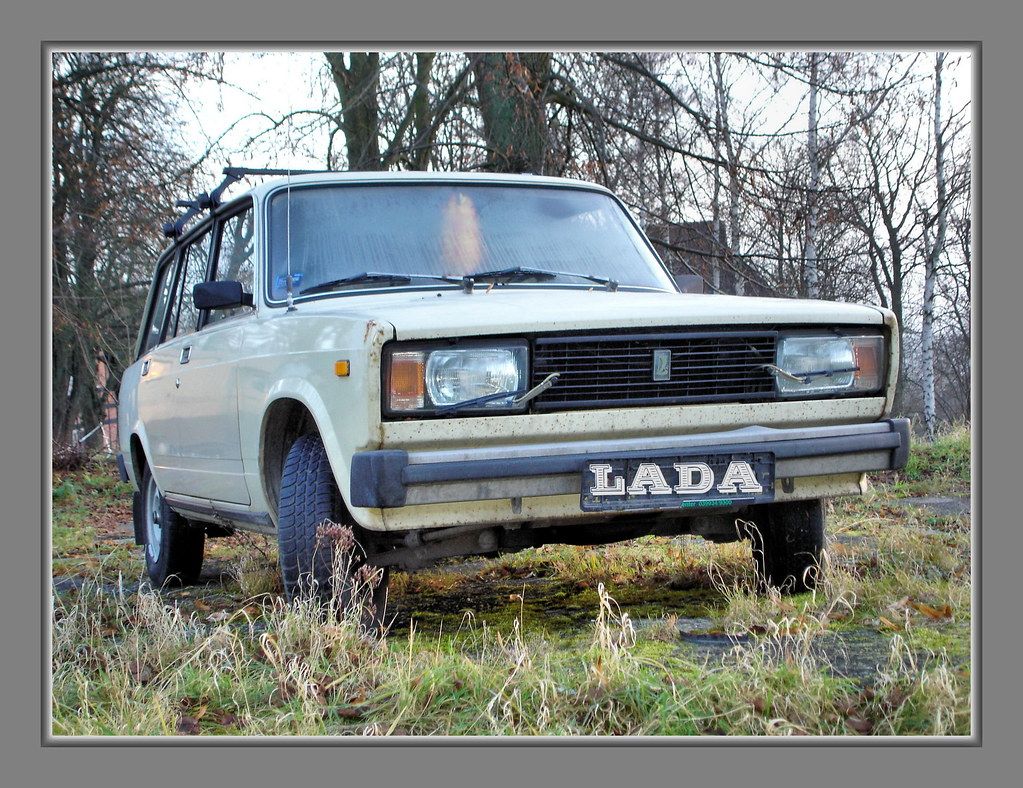
13. **Diving Deep into CPO Car Inspections: The “Point” System Explained**
The inspection process is a cornerstone of the Certified Pre-Owned promise, yet its specifics can vary significantly depending on which entity performs the inspection. Each manufacturer establishes its own distinct set of standards and a comprehensive checklist that a vehicle must meet before it can be designated as Certified Pre-Owned, ensuring consistency within their brand.
Consumers may frequently encounter terms like “112-point,” “150-point,” or even “300-point” inspections when researching CPO vehicles. These numbers refer to the number of individual components or systems that are scrutinized during the certification process. It’s entirely reasonable, and in fact, encouraged, for buyers to ask: “What are these ‘points,’ exactly? What was inspected, and why?”
To gain complete clarity and confidence in your purchase, it is highly advisable to “ask to see the inspection checklist and have the salesperson go through every component, or ‘point,’ with you.” This proactive step provides invaluable transparency, allowing you to understand precisely what has been checked and to what standard. It empowers you to make an informed decision based on documented facts rather than just a sales pitch.
Comprehensive inspections typically cover a vast array of critical areas, ensuring that the car meets high standards of quality and performance. Skilled technicians meticulously inspect mechanical systems (engine, transmission), safety features (brakes, airbags), electrical systems, interior components, exterior aesthetics, and tires. For example, Lexus’s program involves a detailed checklist of over 160 points, illustrating the thoroughness involved in manufacturer-backed certifications.
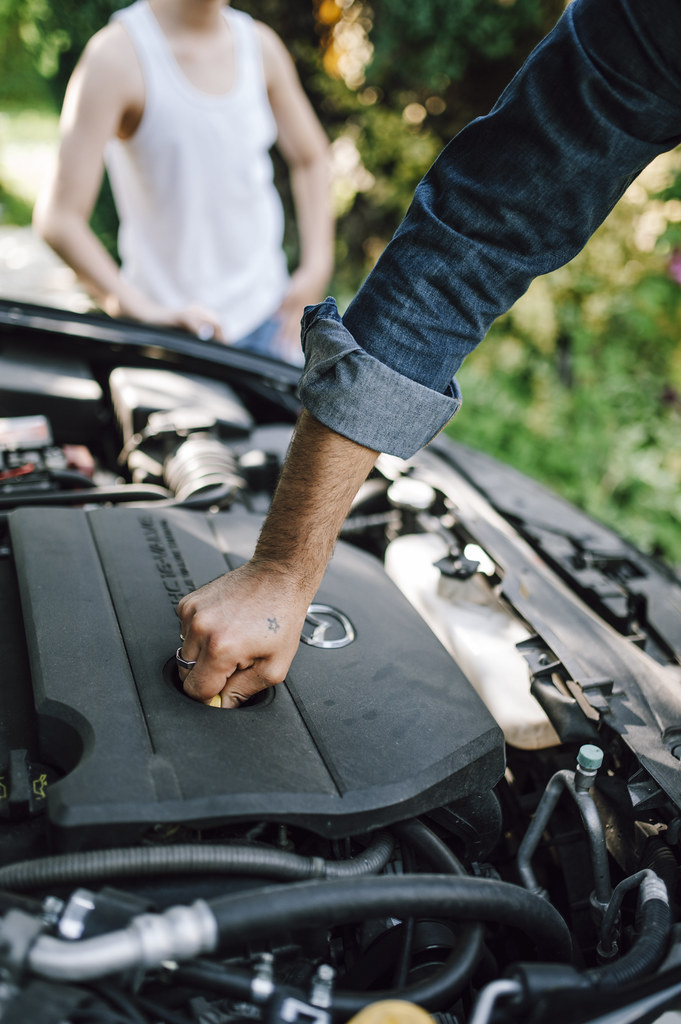
14. **The Critical Role of Inspection Reports and Repair Processes in CPO Value**The careful and multi-point inspection process of a Certified Pre-Owned car represents a significant advantage for buyers. This meticulous vetting ensures that the vehicle meets stringent quality and performance standards, thereby reducing the risk of unexpected issues down the line. It serves as a foundational element in the peace of mind offered by CPO programs.
The careful and multi-point inspection process of a Certified Pre-Owned car represents a significant advantage for buyers. This meticulous vetting ensures that the vehicle meets stringent quality and performance standards, thereby reducing the risk of unexpected issues down the line. It serves as a foundational element in the peace of mind offered by CPO programs.
During this exhaustive process, skilled technicians meticulously inspect all parts of the car—from the engine and transmission to electrical systems and interior features. This diligent examination identifies any existing problems, providing the buyer with a clear and comprehensive understanding of the car’s true condition. This level of transparency significantly contributes to the car’s dependability and your confidence in its purchase.
Having access to a detailed inspection report offers several distinct benefits for car buyers. Firstly, it provides unparalleled transparency, allowing you to make an informed decision based on the vehicle’s actual state rather than relying solely on its appearance or a sales pitch. This report also highlights any repairs or replacements that have been made, offering tangible proof of the vehicle’s reliability and the care it has received.
Furthermore, the inspection report can serve as a valuable negotiating tool. Documented proof of the car’s condition and any work that has been completed provides a strong basis for discussions with the dealer, potentially aiding in securing a better deal. It shifts the conversation from subjective claims to objective data, empowering the buyer.
A key aspect of the CPO process is that “if something fails in this thorough inspection, the dealer must fix it before certifying the car.” This critical policy often includes the repair or replacement of common wear-and-tear items such as brake pads, tires, and windshield wipers. These mandatory repairs, often performed using genuine parts, can lead to considerable cost savings for you compared to purchasing a non-CPO used car where such work would fall to your expense.
Read more about: Beyond 250,000 Miles: 14 Indestructible SUVs That Define Automotive Longevity
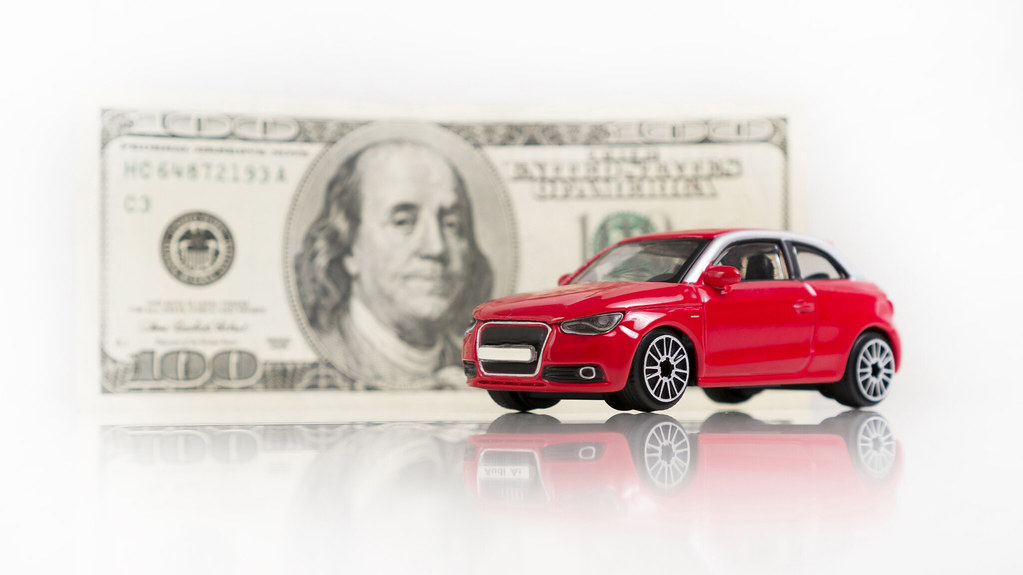
15. **Making the Confident Choice: Leveraging CPO Benefits for Long-Term Value**In the ever-evolving automotive market, Certified Pre-Owned vehicles stand out as a compelling choice for a diverse range of buyers. As AP News notes, CPO vehicles expertly “combine the best aspects of used and new models,” making them particularly appealing to consumers who prioritize assurance and value without incurring the steep initial depreciation typically associated with a new car purchase.
In the ever-evolving automotive market, Certified Pre-Owned vehicles stand out as a compelling choice for a diverse range of buyers. As AP News notes, CPO vehicles expertly “combine the best aspects of used and new models,” making them particularly appealing to consumers who prioritize assurance and value without incurring the steep initial depreciation typically associated with a new car purchase.
The appeal of a CPO vehicle is multifaceted, rooted in its inherent benefits. These include comprehensive multi-point inspections that rigorously vet the vehicle’s condition, extended warranties that often surpass original new-car coverage and are honored nationwide, and valuable extra perks such as free roadside assistance, complimentary maintenance visits, or special financing rates that can sometimes rival new car offers. These combined assurances provide a robust safety net for your investment.
For many families and professionals, these additional assurances — comprehensive coverage, guaranteed repairs, and the transparency of a detailed history — deliver a greater sense of value and confidence throughout the early years of ownership. While there might be a slightly higher upfront investment compared to a basic used car, the substantial savings on unforeseen repairs, coupled with the included benefits, firmly establish a CPO car as a smart and strategic long-term investment.
Ultimately, choosing a Certified Pre-Owned vehicle is an excellent strategy for buyers who seek a harmonious blend of reliability, robust warranty protection, and financial flexibility. By diligently researching the specific CPO programs available, thoroughly understanding the details of inspections and warranty coverage, and judiciously comparing market prices against both new and standard used models, you empower yourself to make a truly confident and informed choice.
This deliberate approach ensures you acquire a vehicle that not only meets your needs but also provides that coveted “new-car peace of mind at a used-car price.” The journey to your next vehicle, whether new, used, or CPO, is one of informed decisions, and with this comprehensive guide, you are now well-equipped to navigate it successfully.

